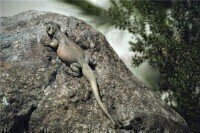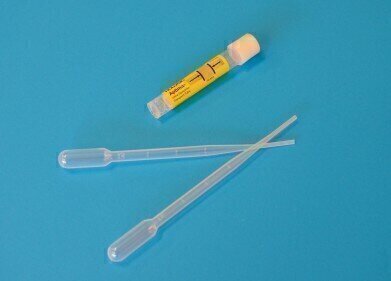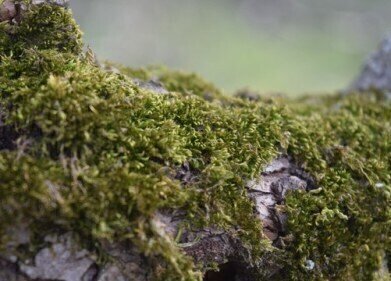-
 Amplification of microsatellite loci in bunchgrass lizards has been studied with analytical chemistry in Virginia
Amplification of microsatellite loci in bunchgrass lizards has been studied with analytical chemistry in Virginia
Electrophoretic Separations
Analytical chemistry looks into microsatellite amplification in lizards
Feb 01 2011
The study of the Sceloporus slevini species focused on the use of analytical chemistry to increase the amplitude of five different primer pairs associated with microsatellites in the lizard.
Microsatellites in DNA are sequences of "nucleotide motifs" containing up to five bases which can be detected in multiple locations throughout the genome.
Also known as Simple Sequence Repeats, they are significant at present as markers for high-throughput genomic analysis.
In the S slevini genome, the best amplification of all five primer pairs was achieved with DNA concentration of 37.5 ng in the reaction volume.
Temperatures of 94 degrees C for the first five minutes, followed by 55 degrees C and four-minute extension at 72 degrees C achieved the highest amplification.
BMC Research Notes is particularly devoted to studies with prior references, such as updates to former investigations, or contradictory findings.
Digital Edition
Chromatography Today - Buyers' Guide 2022
October 2023
In This Edition Modern & Practical Applications - Accelerating ADC Development with Mass Spectrometry - Implementing High-Resolution Ion Mobility into Peptide Mapping Workflows Chromatogr...
View all digital editions
Events
ACS National Meeting - Fall 2024
Aug 18 2024 Denver, CO, USA
Sep 04 2024 Chiba, Tokyo, Japan
Sep 04 2024 University of Warwick, Coventry, UK
Sep 10 2024 Rockville, MD, USA
Plastics Recycling World Expo Europe
Sep 11 2024 Brussels, Belgium













